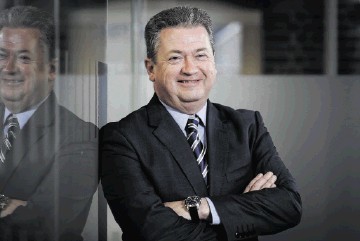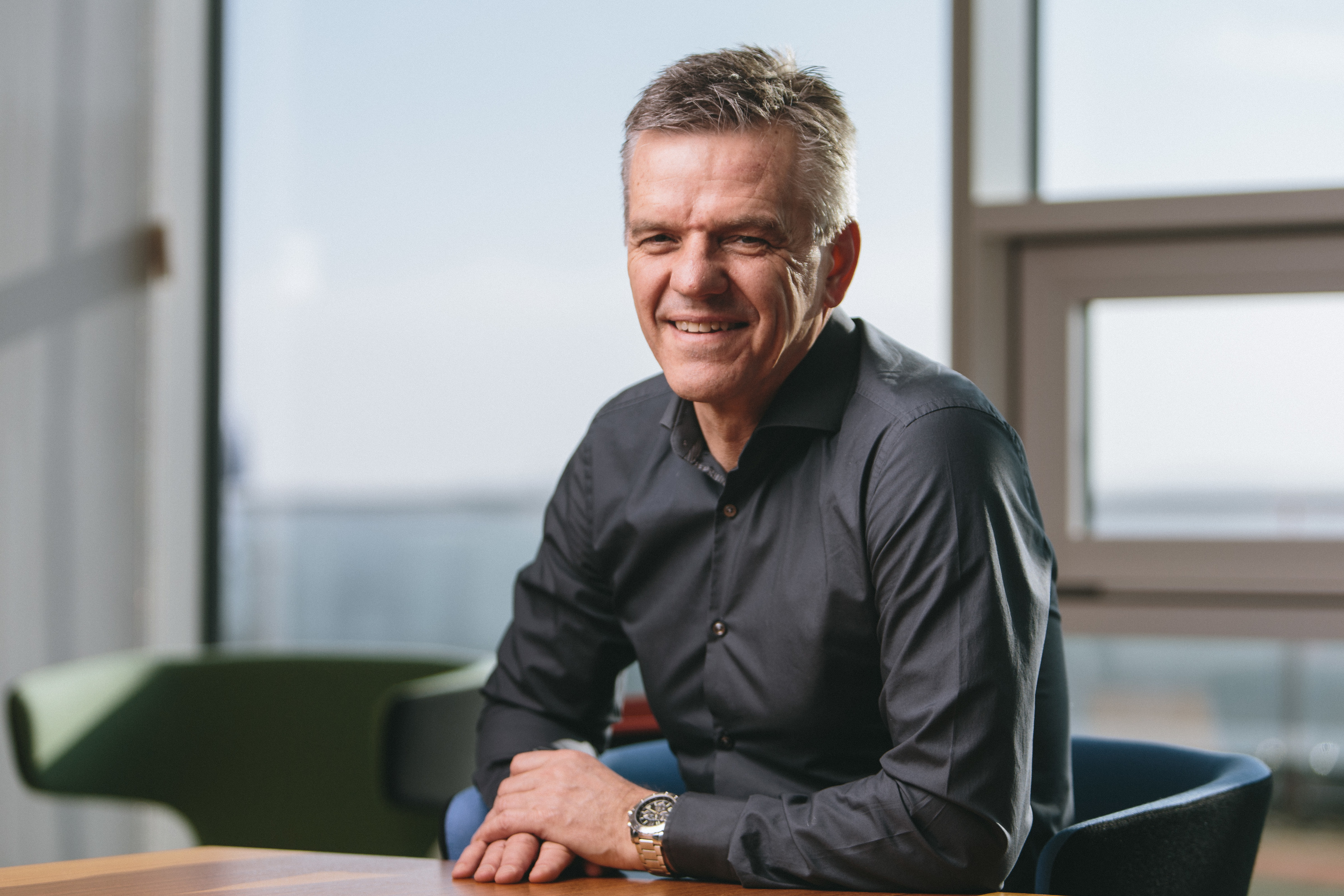
Last month, Canadian group SNC-Lavalin put the seal on its biggest acquisition yet . . . the purchase of the Kentz Corporation for $2billion.
Taking out Kentz is part of a major remodelling of the group by its CEO Robert Card from being Canada’s largest engineering and construction company.
The decks for this deal were cleared by, in May, agreeing to sell its AltaLink power-transmission unit to Berkshire Hathaway Inc. for $2.9billion, thus creating a war chest.
A prime if not the prime architect of the Kentz deal happens to be Aberdonian Neil Bruce, who is best remembered in the North Sea for his time at Amec, which was a period of significant growth for the UK group.
He joined SNC-Lavalin in January last year and is president of the resources, environment and water grouping at the company.
It was at the group’s AGM last May that the strategy which paved the way to a bid for Kentz was rolled out.
“Basically what we said was that, in terms of our plans for SNC-Lavalin, the plan was to become a major Tier 1 global E&C (engineering and contracting) company,” Bruce said.
“We believe that, in order to be that Tier 1 E&C company we need to become about double the size (we are now).
“This is not for the sake of being big; we believe that, looking to the future, customers are looking for larger contractors/supply chains that can deliver more complex, more remote, bigger projects around asset developments.
“We believe that, as time progresses, to be a global player in the E&C business you need to be big and able to service customers on a global basis and therefore have the scale to enable this.
“We determined too that, to be a globally diversified E&C company, it is important to have a significant oil and gas component.”
While the energy business can deliver better returns than various other sectors, it is also a tough nut to bust into, though SNC-Lavalin wasn’t exactly a stranger to that world, except that its presence was modest.
Why tough? Because the oil and gas industry has consolidated continuously over the past 30 years with the result that it is less fragmented than mainstream market segments.
“If you look at relative size, whether people, or geographies or market capitalisation, you have the big boys right up at the top . . . the Schlumbergers and the like; then you have E&C companies in the middle and, below that, you really don’t have an awful lot unless you’re talking about businesses that are relative start-ups,” said Bruce.
So, who out there are post Kentz transaction peers? Its pro-forma revenues for 2013 combined are about $10billion. Who else is turning that kind of money?
Bruce: “I think we’re a step above the likes of Worley Parsons, Wood Group and Amec, albeit Amec is greatly reinforced by the Foster Wheeler transaction and they are more prominent in the oil and gas sector than us.
“However, post Kentz, we have 20,000 people (14,500 heritage Kentz) in the oil and gas sector; which marks us out as a major player. We have a strong balance sheet and a strong set of assets too.”
So, how well did his time at Amec in a variety of senior roles, including as chief operating officer, prepare Bruce for SNC-Lavalin’s ambitious agenda? After all, the British group was extensively remodelled and strengthened during his tenure.
A lot of the turnaround of Amec was arguably done before Samir Brikko (current CEO) arrived at headquarters, though he did provide impetus.
“Internationalisation of the natural resources business was done pre-Samir,” confirmed Bruce. “Then we built on that further afterwards and made a number of successful acquisitions that would help take the business forward.
“This is all applicable to moving SNC-Lavalin forward; and I guess that was part of the attraction in terms of joining the company.”
Until now, the epicentre in terms of revenues for the combined group and prior to the Kentz deal was very much the Americas. But post-deal and internationalisation will become a major driver of future growth.
“SNC Lavalin’s centre was North America and the majority of the earnings came from there . . . 50% or so,” said Bruce. “The attractive thing about Kentz is that it helps with our globalisation.
“They’re in 36 countries. Aside from a presence in the oil sands in Canada and shale plays in the States, a big portion of their organisation is in the Middle East, Asia and Australia, which is where we’ve not been very big. That’s going to make SNC-Lavalin much more of an international company than prior to the deal.”
However, Bruce is based out of London, not corporate HQ in Montreal, and the core of SNC-Lavalin is in North America. Why?
“When I joined and we looked at what we were trying to do in terms of oil and gas, mining, environment and water, it was determined that London was the right place and it still is in terms of time zones, customers and so-forth.
“Our oil and gas business unit is centred in Houston, which I think is the right place for it to be; mining is based in Toronto; and environment and water are in Vancouver.
“We have also established key hubs. The first is in Abu Dhabi because the Middle East is a huge part of our future business and it certainly is now that Kentz has come in.
“The days of the whole management team sitting on one office in Montreal are gone. You need to be globally located and close to the customers and where you’re actually doing the work.
“As for London, I think it’s as good a place as any. If you look at it from a customer perspective; in oil and gas, where do you want be? You want to cover the US and you want to cover Europe. Houston and London are the best places.
“But if you look at mining, we’ve got a big presence in North and South America which is covered by Toronto. However, a lot of the customers are based in London and listed there.
“Then there are the operational hubs . . . Calgary for the oil sands; Houston for the US Gulf and shale plus South America, Abu Dhabi for the Middle East.”
With Kentz in the bag, is that it for acquisitions?
The answer is no and the group’s healthy balance sheet means money is not a problem.
“If we find something that fills one of the current gaps then we’re in a position to move on it. Such acquisitions will, however, tend to be smaller, specialist engineering companies rather than another big transaction,” Bruce adds.
Recommended for you
